Source: MiniDV Camcorder JVC GR-D230u
1 minute video of a book cover
1. Connected with a Firewire cable to PC, started ScenalyzerLive 4.0 which started the DV tape on the camcorder and captured a Type2 DV, other settings were:
Type2 DV-avi (default; for Premiere; Vegas etc.)
Type1 DV-avi file (Mediastudio)
Matrox rtx.100; rt2000; rt2500
StudioDV with .scn files
Canopus compatible DV-files
audio-files only (WAV)
Edition (separate WAV-files)
2. The file was captured from the MiniDV Camcorder as an .AVI file.
3. Tried to open this .avi file with VirtualDubMod 1.5.10.2 but got this error:
[!] Couldn't locate decompressor for format 'dvsd' (unknown).
VirtualDub requires a Video for Windows (VFW) compatible codec to
decompress video. DirectShow codecs, such as those used by Windows Media
Player, are not suitable. Only 'Direct stream copy' is available for this video.
What was that about? VirtualDub 1.6.17 opened it just fine so I took a screen shot of frame 912.
4. VirtualDubMod 1.5.10.2 opened all the encoded .mpg files so I took a screen shot of frame 912 on each.
8000 kbps Constant Video Bitrate
• Canopus ProCoder 1.5
• Canopus ProCoder 2.0
• Cinema Craft Encoder SP2 1.00.00.13
• Cinema Craft Encoder Basic 2.70.01.15
• Sony Vegas 6.0d (MainConcept)
• Sony Vegas 7.0d (MainConcept)
• TMPGEnc Plus 2.524.63.181
• TMPGEnc DVD Source Creator 4.2.7.199
• Ulead VideoStudio 10
• Ulead DVD Workshop 2
+ Reply to Thread
Results 1 to 19 of 19
-
-
Screen captures were converted from .bmp to .jpg:
• Original .avi from the MiniDV camcorder:
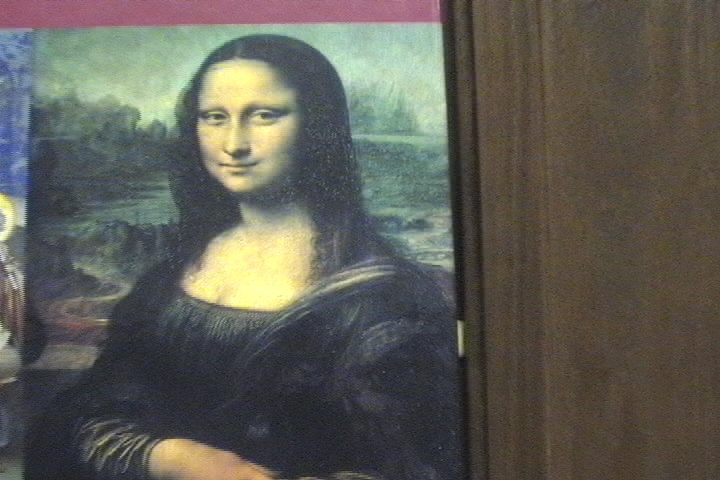
===============================
• Canopus ProCoder 1.5 (Mastering Quality):
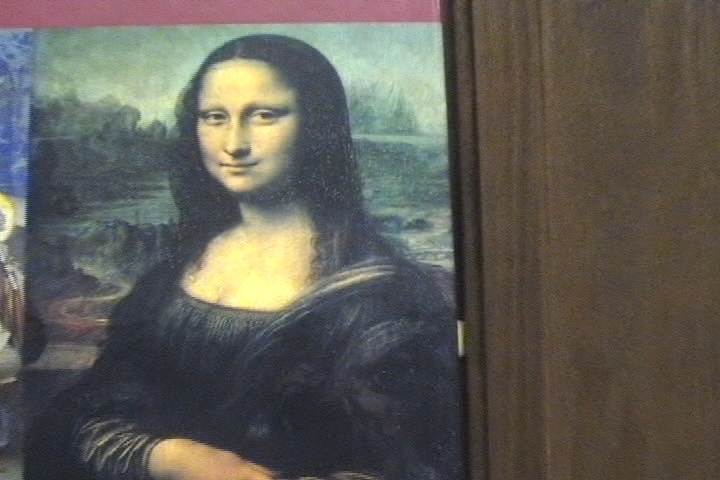
===============================
• Canopus ProCoder 2.0 (Mastering Quality):
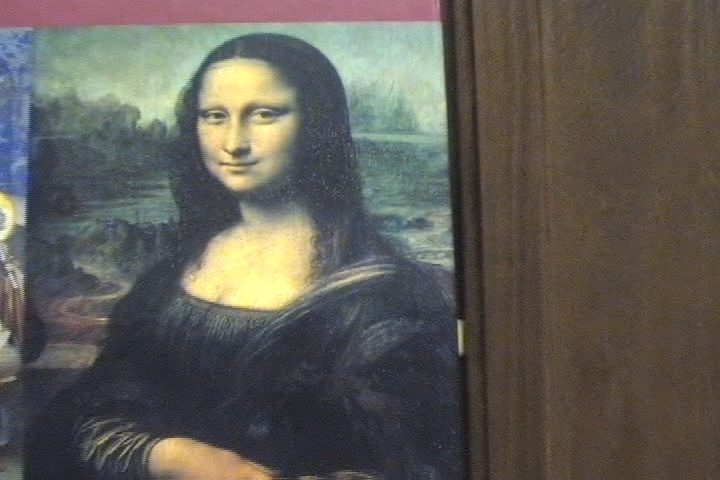
===============================
• Cinema Craft Encoder SP2 1.00.00.13 (1 pass Constant Bit Rate):
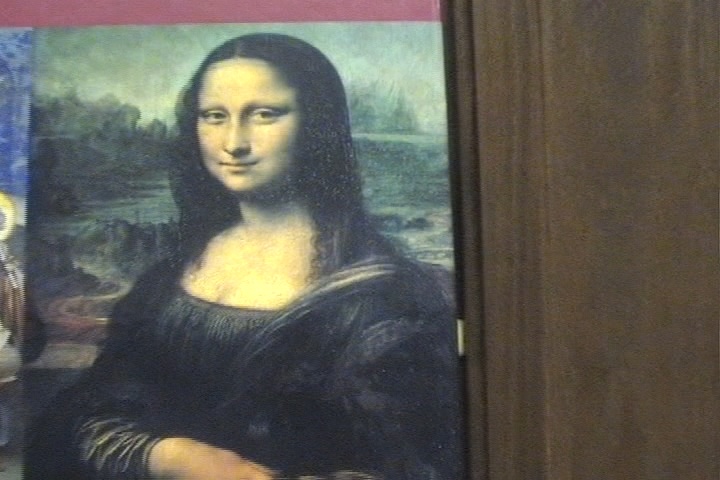
===============================
• Cinema Craft Encoder Basic 2.70.01.15 (2 pass Constant Bit Rate):
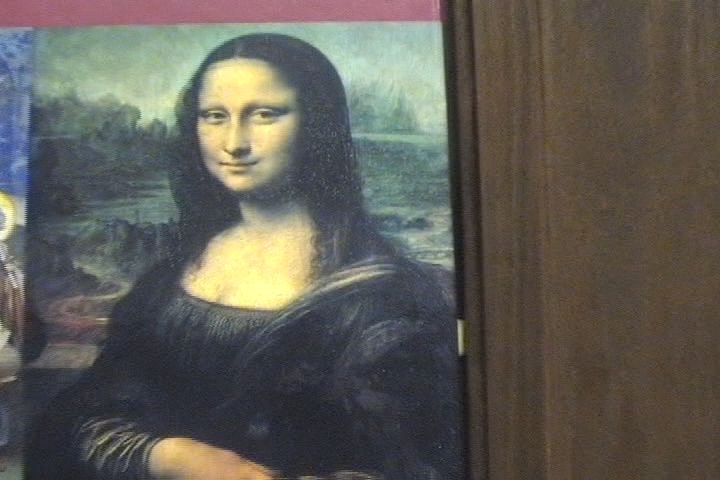
===============================
• Sony Vegas 6.0d (MainConcept):
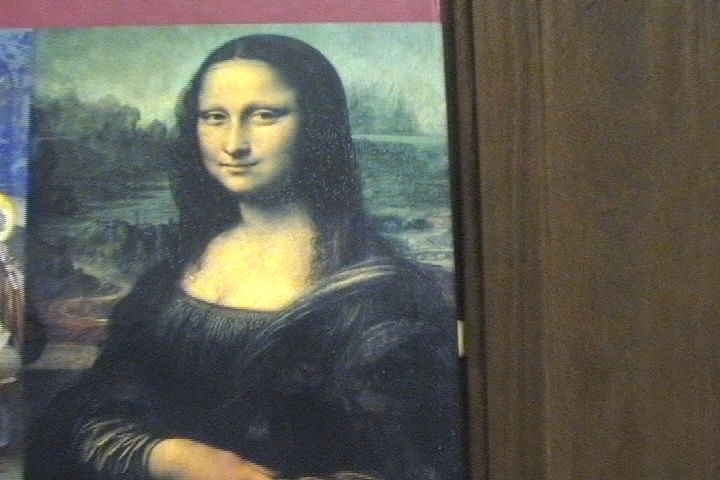
===============================
• Sony Vegas 7.0d (MainConcept):
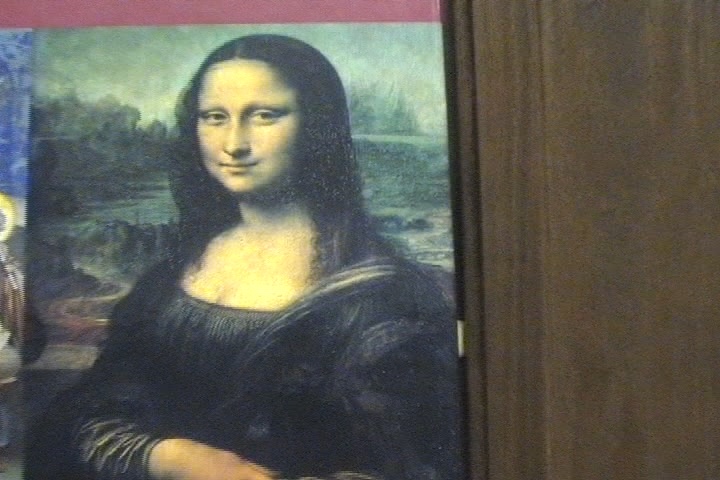
===============================
• TMPGEnc Plus 2.524.63.181:

===============================
• TMPGEnc DVD Source Creator 4.2.7.199:
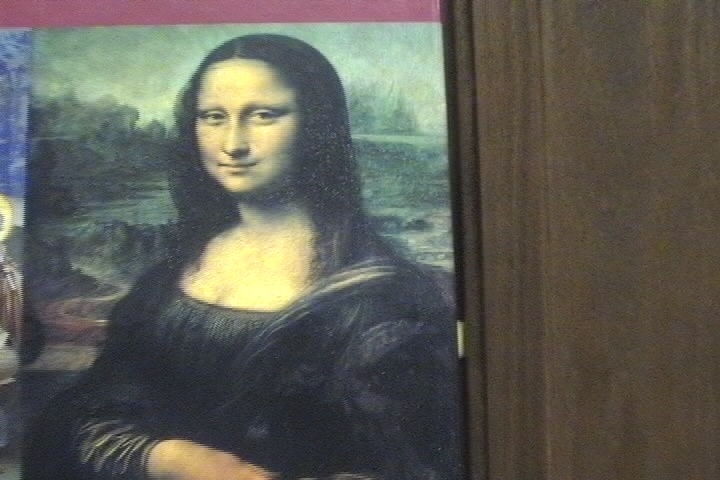
===============================
• Ulead VideoStudio 10 Plus:
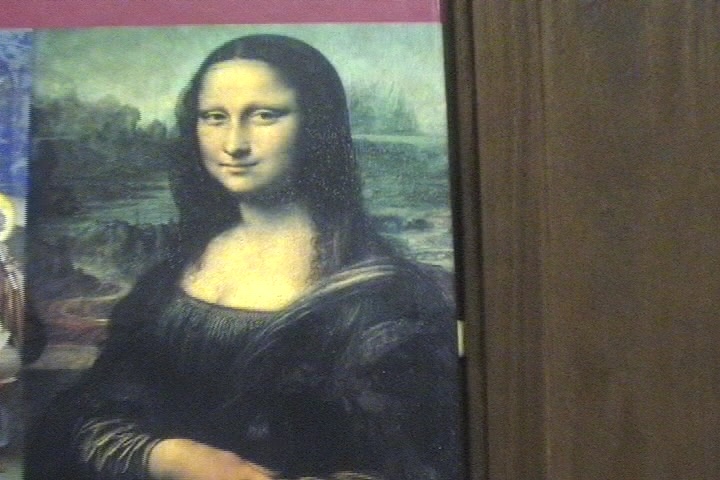
===============================
• Ulead DVD Workshop 2:
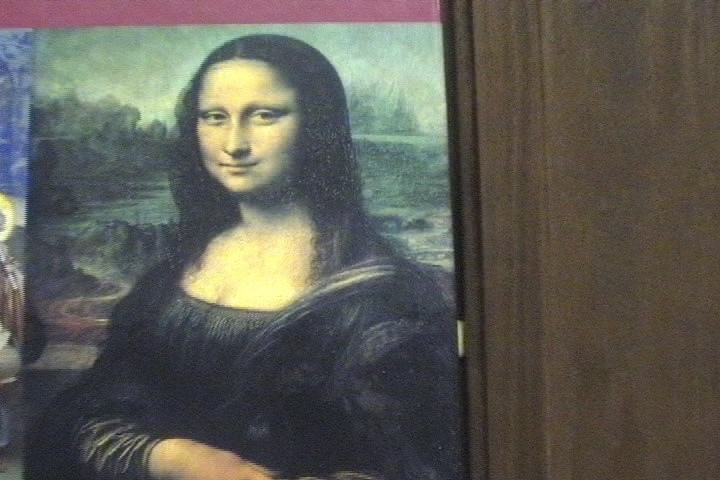
-
I put all the pics in one folder, then use XnView Minimal version to compare them with a mouse scroll wheel
http://perso.wanadoo.fr/pierre.g/xnview/endownloadwin32.html
XnView Minimal version > Tools > Options > View > Keyboard/Mouse > Mouse wheel > Previous/Next file -
Stills don't present much challenge to an encoder. It's all about how they handle motion and noise. DV format compresses only within the frame. MPeg2 gets additional compression by isolating moving from non moving areas. The way it does this separates one encoder's performance from the next.
-
Video for Windows is the older video system that was replaced by "ActiveMovie" (later renamed DirectShow) in 1997. Both can co-exist in XP.Originally Posted by c627627
http://en.wikipedia.org/wiki/Video_for_Windows
VirtualDub requires a VFW specific DV codec which decodes DV to RGB on import and then encodes back to DV on export.
A widely used example is the Panasonic DV codec.
http://users.tpg.com.au/mtam/install_panvfwdv.htm -
VirtualDub could open the camcorder .avi file while VirtualDubMod couldn't. Is that something that should be reported to VirtualDubMod creator?
In this thread
https://forum.videohelp.com/viewtopic.php?t=235665
they were saying how Canopus ProCoder version 1.5 may look better than version 2.0 but I didn't find that to be the case.
What do you think about the pics anyway?
I suppose I could try to encode this file thecoalman posted with each of them: http://www.nepadigital.com/reencode/avidv.avi
But then what, how could we tell which one is better? -
When working with VHS material transfered via DV, I have often found ProCoder 2.0's Mastering Mode to be visually inferior to Highest Quality.
As mpeg is a temporal compression, the only proof of real quality is how it looks on the move. Take a series of stills from an DVD and you will get some that have noticeable artifacts. The question is - do you seem them when playing back at normal speed ?
These "shootouts" come around about once a year, and invariably the same issues arise. Pass one will be still images, which show and prove very little. Then comes clips, followed by arguments about how appropriate the clips are as a test, and eventually everyone goes back to the encoder they used yesterday. Why, because they like it.
You could look at MSU's comparison tools for a way to quantify the differences. -
Awful choice of filmed object combined with equally uninspiring method of shooting. Get detail rich, well lit scenes with some camera panning and fast object movements (be creative). A hint: highway traffic in wide and tele, road intersections, spinning car wheel closeups etc. You can find a theme within a 5 min. walk from your place.
-
Hm. Highest Quality mode being better than Mastering Mode sure sounds like something to check out.
The second part of your post amounts to "they're all good enough." Of course, but I'd like to see which one is slightly better, I asked for ideas of what to tape in several threads, and only now do I get the rolling wheels idea, so maybe I'll do that.
But I don't now how I would compare them because I found those MSU comparison tools and they won't load .mpg, only .avi. -
I didn't say that they are all good enough - what I said was that most people have chosen an encoder that suits them, and will stick with it. Whether they chose it because they like the image quality, because it is the fastest, or because it fits their budget is beside the point.
Unless you can find a way to quality all these factors, and visual quality is the hardest to quantify, you don't really have an objective comparison. And even then, you won't change the mind of those who believe CCE's image quality is noisier than ProCoder's, or those who believe ProCoder's image is too soft compared to CCE.
You can compare mpg footage by using DGIndex and avisynth. -
Evening c627627,
Please consider this bare-bones at best. I am not a professional in this
area, but I have attempted at this from time to time, and using my own
set of ideas of measureing for quality. Never-the-less..
Here's my thoughts on this subject of measuring for quality.
Measuring quality on MPEG Video's is tricky business. And, there are many ways
to measure (or, gauge) a video's quality. There is also a mathematical approach,
called, PSNR (Peak Signal Noise Ratio) or is it, (Peak-to-Peak Signal to Noise
Ratio) doesn't matter. It's all complicated at first. But, you can start off
with something more simple, for the time beeing, and then move on to something
more complex or envolved. And they do get envolved. Anyway.
Basically, you start off with an original (or, template) source of which you use
as your guage. And, every video you produce (mpeg encode) you proceed to measure
its key elements for quality against the original template. The template is your
gauge, and you want to compare againt it, all the videos you produced (molded after
its form) and make certain judgements of each video, and conclude as to which one
looks the closest to the original template.
--> Template --> MPEG Encode -> [video A]; [video B]; [video C] ..
Thus, we encode the template video by all the name brand encoders in this test.
And all the videos produced by each name brand encoder get a lable attached to
it and its various attributes are cataloged.
The simplest of comparisons would only have to entail a few elements. You can
go deeper into the processes of what to measure and analise, etc., but as a begin-
er, you might start with something more simple, like the following.
--> Pixelation; Detail; Noise;
Pixelation-- is easiest. You basically arrive at a rough estimate of how many
pixelation blocks you can spot without straining your eyes. If you find your-
self *looking* for them, then you are going too far. Its usually best to start
with a scene that has certain motion in it, and use that scene throughout all
your test videos.
Using the template video, locate the scene of choice (in this test) we want to
use a scene with noticable motion. And, using the remaining test videos, find
*that* same scene in each, (record its frame start/end) and measure for the
Pixel Blocks count.
Detail-- Is the next important element to measure, though not as easy as a
simple Pixel Block, its still important and noticable. There are various
factors involved in this aspect of measure for Detail. But, to keep this
bare-bones tutorial at a simple mindset, you want to basically be able to
decirn the fine details of the images in the video (as it is playing) such as
Lettering; Grass; Facial detail; Backgrounds such as solid colored walls, etc.;
during movements, notice how well the all these details is maintined.
Like I said, there are various other aspect to measure in terms of detail,
but this is just basic, to get you started. No sense on overloading you
with complex terminology and things. Even I have trouble with some.
Noise-- Well, it could be the same as Detail, but we won't go into it here.
You can measure Noise in one aspect by looking for areas in the video's
image where it is solid colored. That's easiest to start with. Try and
look for uneven gradients that look like they don't belong to a given pixel
or pattern. Here is an example of Noise to consider. Using a VHS or Analog
Cable/Antenna as your video source, take a close look at how the pixels
seem to look like Salt and Pepper (SnP) and see how they don't flow evenly
in a gradient-like pattern according to the video images scene. This is a
bit hard to describe here, so do bare with me as I try to explain.
The more uneveness (Noise) patterns you see in your video, the more complex
it will be for any given MPEG Encoder to process and re-produce to the Original
Template's. Noise is the hardest aspect of any video's image to process as
*new* an MPEG video source, mainly because of the complexity of this format's
powerful feature, Motion Compensation across frames (GOP -- I; P; B; frames)
and how each frame (I; P; B are compressed during this aspect of the MPEG
are compressed during this aspect of the MPEG
encoding process. But now I'm digging a little deep here. So I'll stop at
this juncture.
Like I said, there are a lot more Elements to Analise and Measure, but I
only wanted to give you a bare-bones basic idea of how to start, somewhere.
The internet is your friend, and google is (or, can be) your buddy
-vhelp 4220 -
Evening vhelp
The avi file I linked to 6 posts up is supposed to give an encoder "a heart attack," I was told.
I have that avi file encoded to mpg using all the programs so if anyone wants to tell me which frame I should do a test cap and with which zoom setting, I can do it.
Me, I started thinking, what do I need this for? And the answer is to convert camcorder DV tapes to DVD. So that's what I tested. My kid's face + wearing a red shirt so I can see how the colors look.
The colors were virtually the same as in the original .avi transfer from the camcorder screen cap with these programs:
• TMPGEnc Plus 2.524.63.181
• TMPGEnc DVD Source Creator 4.2.7.199
• Ulead VideoStudio 10
• Ulead DVD Workshop 2
The colors were different using:
• Canopus ProCoder 1.5
• Canopus ProCoder 2.0
• Cinema Craft Encoder SP2 1.00.00.13
• Cinema Craft Encoder Basic 2.70.01.15
• Sony Vegas 6.0d (MainConcept)
• Sony Vegas 7.0d (MainConcept)
Canopus ProCoder seemed to have the cleanest face.
Sony Vegas (MainConcept) seemed to have colors that made the original face look better.
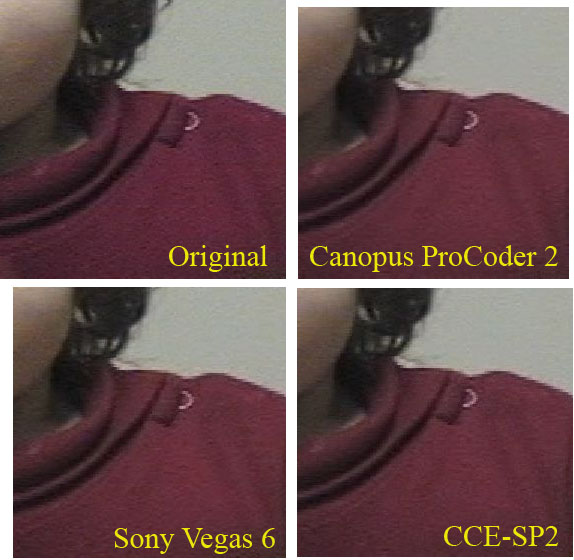
-
Originally Posted by c627627Are there any good samples available for download. I don't shoot, but I'd like to try.Originally Posted by InXess
I'd like one of each 4: pal/ntsc prog/interlaced -
Well I've analyzed the overall impressions from camcoder encoding.
Canopus ProCoder wins quality wise.
Does version 1.5 seem better than 2.0 as some say? Maybe.
Does the Highest encoding setting seem better than Mastering quality setting? Maybe
Wierd but 1.5 Highest, not Mastering may be the best for me, better than 2.0... -
• TMPGEnc Plus 2.524.63.181
• TMPGEnc DVD Source Creator 4.2.7.199
• Ulead VideoStudio 10
• Ulead DVD Workshop 2
...are true to the original but the others enhance the colors for a better experience.
Sony MainConcept color improvements sure seem nice but the picture quality of Canopus ProCoder beats it.
Of course I took impressions of quality, not speed as a key factor in deciding.
If speed is important to you, Cinema Craft Encoder and others come into play for you. -
Several years ago there was already a MPEG2 encoder test. Not sure if additional testing today will produce different results. MPEG2 encoders have been pretty stagnant lately, with hardly any development or enhancements to quality. Everything is going HD and H.264/MPEG-4. Converting BMP to JPG is a no-no and introduces artifacts. Canopus Procoder will look "cleaner" because it has built-in filters turned on to make everything smoother. You can't turn these filters off. This has been discussed in the past.
Here is the previous encoder test.
https://forum.videohelp.com/viewtopic.php?t=235665&postdays=0&postorder=asc&start=0 -
It's about converting camcorder footage to standard DVD for me and many others so MPEG-2 DVD and not HD or H.264/MPEG-4 is what it will be for many years to come since High Def camcorder will not take over any time soon.
Are you saying other software can be tweaked to be as "clean" as Canopus ProCoder?
If so, we should be talking about that.
I was under the impression that tweaking could enhance things but not to the point where it could beat ProCoder quality. -
I believe Canopus procoder and TMPGEnc are the only encoders with built-in filters. Procoder's filter is hidden and you can't adjust it. You can also use AVIsynth and Virtualdub filters to clean up the video before encoding to MPEG-2. I use Convolution3D and Despot filters, but it takes a long time to process the video. Convolution3D smooths out and takes away most of the grainy look. But it can also take away detail.
-
I see. But all in all, you too would say that shoot with camcorder > transfer to PC > convert to DVD and burn is overall best done in as few steps as possible with ProCoder?
So what about this version 1.5 vs. 2.0 and Highest vs. Mastering settings, why do some of us see 1.5 and Highest being 'better'?
Similar Threads
-
What would be the best free MPEG2 encoder?
By CursedLemon in forum Video ConversionReplies: 12Last Post: 20th Sep 2010, 23:10 -
Muxing pictures and music to mpeg2
By michaeldjcox in forum Video ConversionReplies: 0Last Post: 28th Jan 2010, 13:29 -
2009 MPEG-2 Encoder Test!
By simps in forum Video ConversionReplies: 71Last Post: 1st Jun 2009, 18:56 -
Which mpeg2 encoder library?
By julesh in forum ProgrammingReplies: 0Last Post: 18th Feb 2008, 16:04 -
Inserting the pictures in MPEG2 with only partial recompression
By theroux in forum EditingReplies: 0Last Post: 14th Jul 2007, 13:57




 Quote
Quote